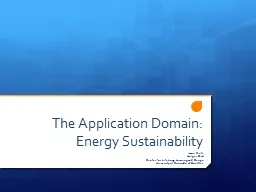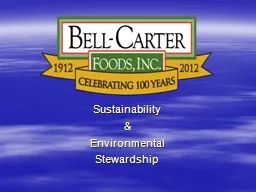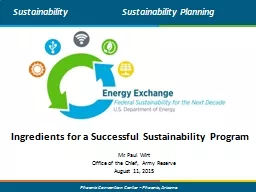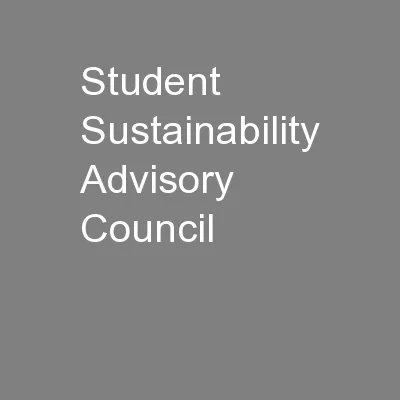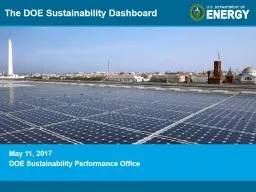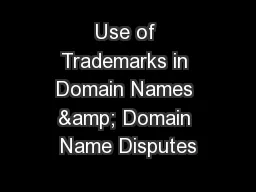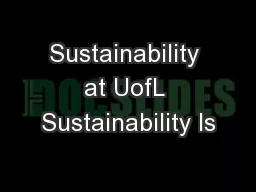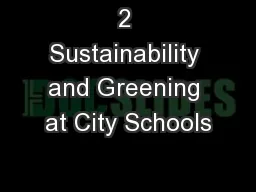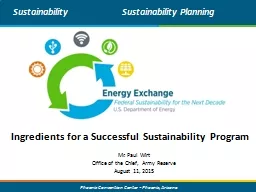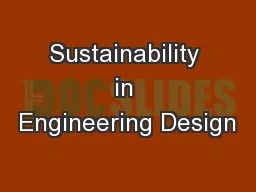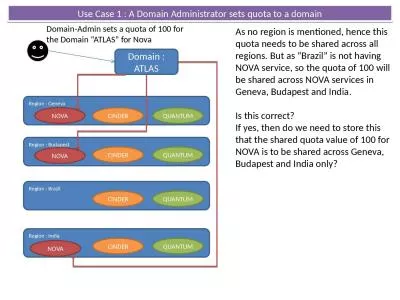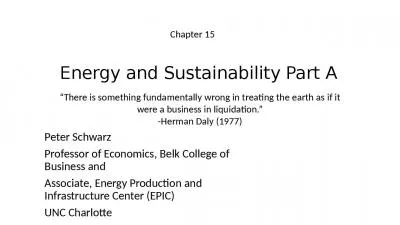PPT-The Application Domain: Energy Sustainability
Author : conchita-marotz | Published Date : 2016-07-26
Jason Zietz Holger Dick Center for LifeLong Learning and Design University of Colorado at Boulder Why Does Energy Consumption Need To Be Addressed Energy ecosystem
Presentation Embed Code
Download Presentation
Download Presentation The PPT/PDF document "The Application Domain: Energy Sustainab..." is the property of its rightful owner. Permission is granted to download and print the materials on this website for personal, non-commercial use only, and to display it on your personal computer provided you do not modify the materials and that you retain all copyright notices contained in the materials. By downloading content from our website, you accept the terms of this agreement.
The Application Domain: Energy Sustainability: Transcript
Download Rules Of Document
"The Application Domain: Energy Sustainability"The content belongs to its owner. You may download and print it for personal use, without modification, and keep all copyright notices. By downloading, you agree to these terms.
Related Documents

